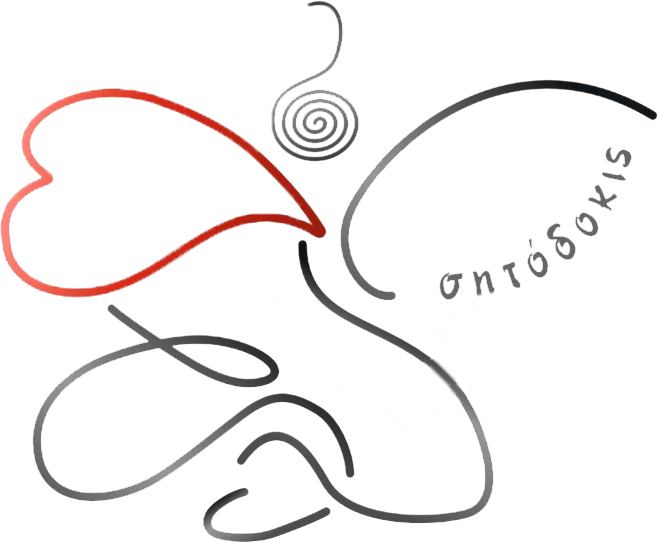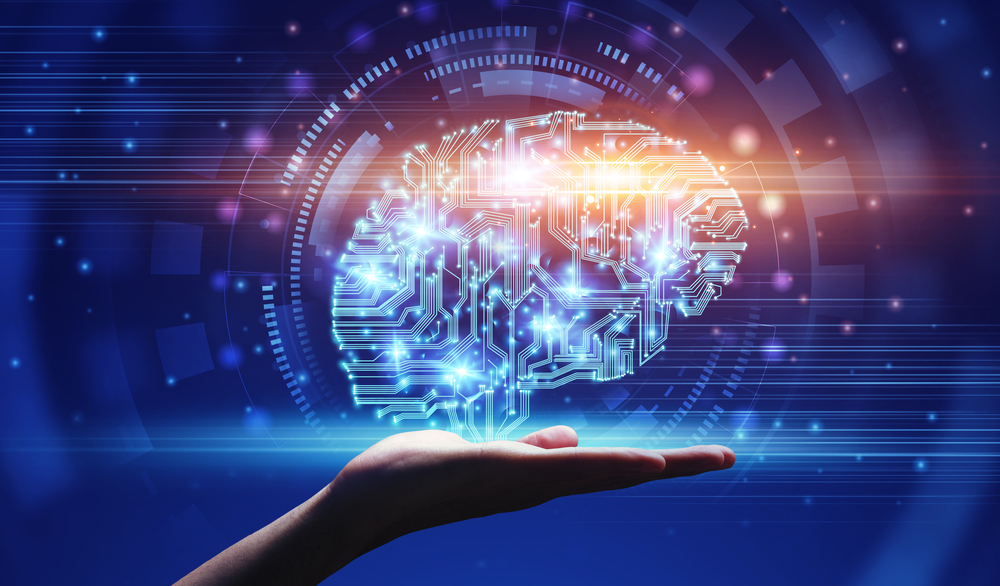The use of Reiki as a complementary or alternative treatment for a wide range of health issues has been on the rise. As interest in this form of healing grows taking a look at the science behind it can help you understand it better. You might wonder how energy healing takes place in reiki or what this type of healing even means. Certain energetic principles play important roles in Reiki, which haw given scientists a way to study this healing technique.
An overview of how Reiki works.
Reiki techniques involve placing hands lightly on an individual’s clothed body or holding them just above the body and moving them around while channeling energy. This helps live energy within the body flow through pathways called meridians in order to ease stress and support the body’s natural ability to heal. Reiki involves working with the biofield, which refers to energy fields surrounding living organisms.
Exploring the Biofield
The use of biofield therapies has increased in recent years as part of treatment approaches for cancer and other illnesses. Reiki is among these biofield therapies, since it involves working with these fields. Biofields are interacting energy fields that are found around living beings. This energy also permeates living organisms as it moves around. Biofields are thought to have effects on the body, which has led to their therapeutic use in Reiki and other therapies.
Interactions between the magnetic fields or biofields of Reiki practitioners and those undergoing this kind of treatment offer a possible explanation of how this technique works.
A 2015 review published in Global Advances in Health and Medicine found that biofield therapies, including Reiki, were effective at easing pain. This review also found that biofield therapies helped reduce certain symptoms in cancer patients, such as fatigue, pain and anxiety. Other findings include potential efficacy for easing symptoms of other conditions, such as osteoarthritis, cardiovascular disease and dementia.
Understanding energy meridians
What exactly are they? Meridians are pathways or channels in the body that allow energy to flow through. Reiki techniques involve helping energy move through these channels to promote healing and provide other benefits.
What does science have to say about the existence of energy meridians? A 2019 study published in the Journal of Evidence-Based Complementary and Alternative Medicine found some evidence of meridians existing in the extracellular matrix and connective tissue of the body.
A 2013 review published in Medical Acupuncture also found evidence that connective tissue might play a role in the existence of energy meridians.
Examining the placebo effect in Reiki research
Research has shown that Reiki has better results than placebos when used as complementary therapy. The findings of a 2017 review published in eCAM established that the majority of studies done on Reiki support the claim that it offers an effective form of treatment compared to placebo. Reiki was found to perform better than placebo, giving it a strong potential for use in complementary health therapy for chronic health conditions. this energy healing technique was linked to parasympathetic nervous system activation that promotes mind and body healing.
The 2015 review of biofield therapies cited earlies also found that these therapies improve outcomes in a way that goes beyond the placebo effect. In fact the review shows support that biofield therapies, such as Reiki, might make use of the unconscious and conscious mind’s desired and expected outcomes to produce enhanced results. These results are stronger than those achieved with the placebo effect.
While more studies are needed to gain a deeper scientific understanding of Reiki, current research has shown its efficacy. From easing depression and anxiety to managing chronic pain, this energy healing practice has been linked to improved physical, mental and emotional well-being.
Source: https://iarp.org/the-science-of-reiki-understanding-the-energetic-principles/




